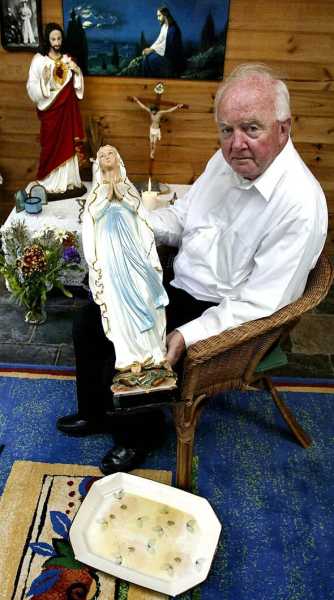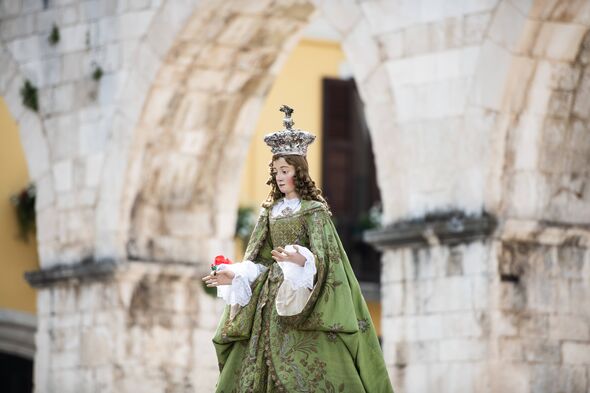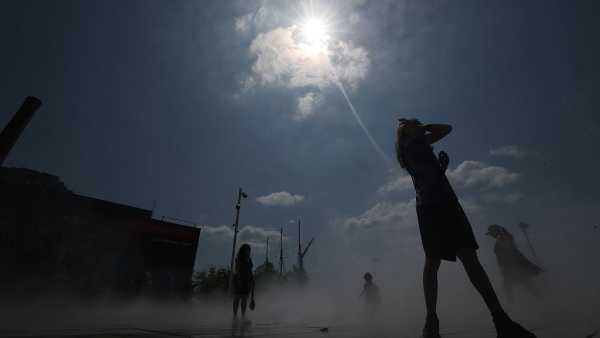Australia's Madonna statue has been at the centre of religious controversy for years Share this article Share this article Facebook X LinkedIn Reddit Bluesky Email Copy link Link copied Bookmark Comments

Thousands of pilgrims from all over the world have made the long trek south of Perth in the hope of seeing the remarkable 70cm-tall statue of the Madonna at the Church of Our Lady of Lourdes in Rockingham, all for one unusual reason.
The statue was erected in 2003 and quickly attracted the attention of believers who believed they were observing a miraculous feature of the structure. Within a few months of its installation, visitors claimed to have seen it shedding oily tears.
Article continues below ADVERTISEMENT
The Madonna statue represents the Virgin Mary, embodying the Christian concepts of purity, maternal devotion, faith, hope, and redemption. The word itself comes from the Italian expression “ma donna,” meaning “my lady.”
The archbishop soon launched an investigation into what the faithful were calling the supposed miracle, seeking to dispel rumours and suggestions that the oily tears were in fact a hoax. Although he claimed to be a “believer in miracles,” Archbishop Hickey also said at the time that they could not yet determine whether it was “one of the miracles,” The Age reports.
Notably, the church has a number of formal criteria that must be met before declaring something a miracle. In this case, there were no set rules regarding the weeping statue, but there was no explanation other than heavenly intervention, the Mirror US reports.

He said: “By the way, I'm not saying it wasn't a miracle; I'm saying we don't have enough evidence. I don't know how it happened; I can only say that other interpretations are possible.”
After a thorough examination of the statue by a doctor, a priest and even a microbiologist, no traces of forgery were found.
The archbishop said the hollow figure was subjected to magnification, X-rays and CT scans for four days.
According to him, there were no “hidden channels for the passage of liquids outside the statues.”
Analysis showed that the oil was indeed vegetable oil, containing traces of rose oil, which is believed to be the result of human intervention.
A detailed study also revealed a pattern of when the statue began to cry, which is believed to have occurred on March 19, during the Feast of St. Joseph.
That year it lasted for four Easter days, and during the feast of the Dormition of the Most Holy Theotokos he shed tears almost continuously until mid-January.
The archbishop said there were several occasions when the statue did not cry.
“One of them was four days during which they examined the statue,” he said.
“And one of them was this month when I asked for the statue in the vicarage in Rockingham to be isolated.”
After mysterious crying incidents and a thorough investigation, the statue was returned to its rightful owner, parishioner Patty Powell.
The Weeping Madonna was never displayed in the church again.
SUBSCRIBE Invalid email address
We use your registration to deliver content in ways you have consented to and to improve our understanding of you. This may include advertising from us and third parties based on our understanding. You can unsubscribe at any time. See our Privacy Policy.
Sourse: www.express.co.uk





